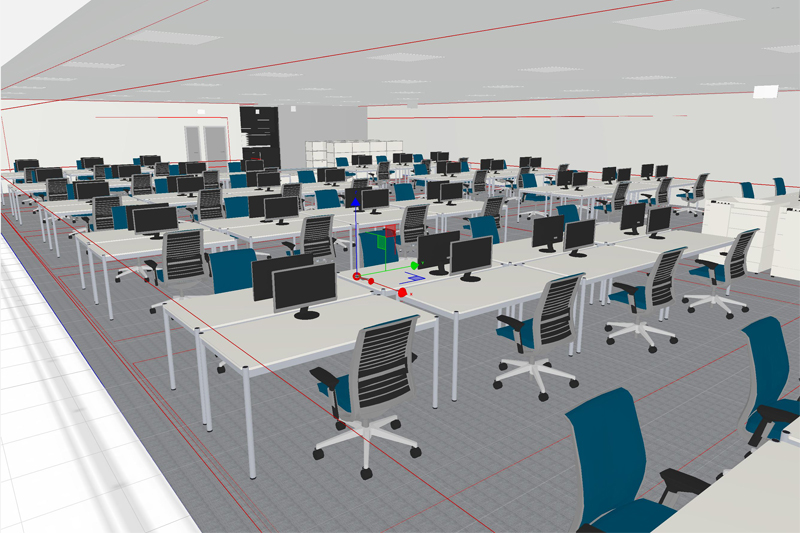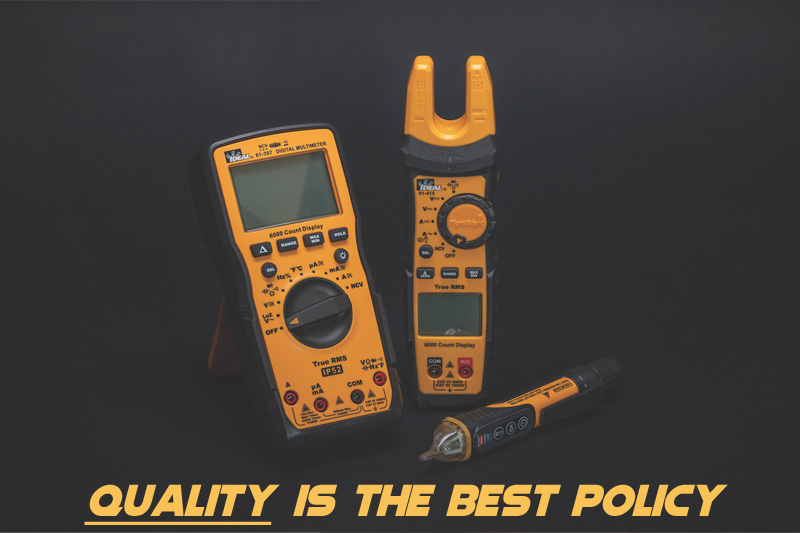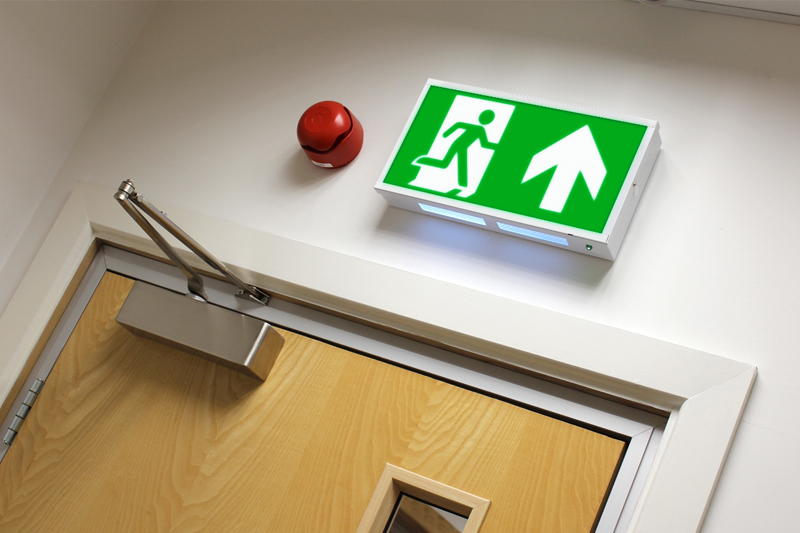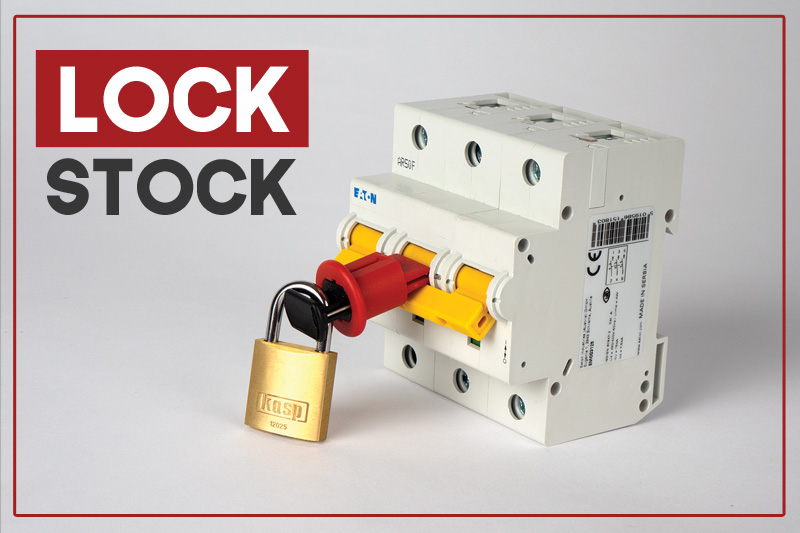There’s no such thing as a ‘UGR compliant’ light fitting – so why are electricians still being sold products labelled ‘UGR<19’ as a fix-all solution? Red Arrow Electrical have pulled together a guide to UGR installations to help electricians understand what it is, why commercial premises need it, what rating is needed in different situations and how to achieve it with the right lighting design.
What is UGR?
With employees returning to workplaces, electricians need to understand the impact that poor lighting can have on employee comfort, particularly when it comes to glare stemming from more than one competing light source.
That’s why the Unified Glare Rating (UGR) exists. It’s a measure of the intensity of light coming from an application compared with the intensity of light from the surrounding indoor area. It’s important to remember that the UGR value for an area isn’t dependent on a specific fixture, but rather the room it is in – its shape, size, the reflectivity of walls, ceilings and floors and so on. This means that electricians will often need guidance when it comes to fitting the right lighting products for a commercial space.

Why is UGR important?
Warehouses, factories, shops, showrooms – whatever the commercial premises, the presence of glare can cause extreme discomfort to people working there for long periods. Overly bright lights can bounce off computer screens or white walls, disrupting focus and even causing headaches over a sustained period.
There are two types of glare – discomfort glare, a sensation caused by high brightness (usually when a bright light source is in their vision during a visual task) – and disability glare – the impairment of vision without necessarily causing discomfort. Either way, fitting lights that comply with European UGR recommendations boosts productivity and improves the quality of life for employees.
What are the recommended UGR levels?
This depends on the space. For office lighting, UGR levels of 16 to 19 are generally recommended (although this shouldn’t exceed 19). For industrial environments, the level should be between 22 and 25, while 25-28 is recommended for circulation areas and corridors. A UGR rating beyond 28 is deemed harsh lighting that could cause discomfort, which is why electricians must ensure they have the right lighting applications for the task at hand.
The BS EN 12464 standard does specify recommended max UGR levels for different applications across more than 280 different work areas. The standard specifies best practices for providing adequate lighting that meets the need for visual comfort and performance from people carrying out visual tasks.
Do spaces have to comply with recommended UGR levels by law?
There is no legal requirement for businesses to deploy a specific UGR level in accordance with their operations. It is likely because a designer could do everything in their power to select light fittings or design rooms in such a way that they hit a particular UGR rating.
However, knocking a wall through, adding or removing a window or even simply changing a piece of furniture could impact UGR for the whole room.
In short, while not a requirement, it’s still good practice for buildings to fit within the boundaries of regulations so that UGR isn’t damaging employees’ quality of life.
How is UGR calculated?
UGR can be calculated using a formula that takes into account several factors to try and discover the glare caused by the luminaire – these include the luminance of the light, the background luminescence and the likelihood of glare.
This is where the distinction really matters, as although lighting products are rated as being UGR<19 rated, the UGR refers to the actual installation not the specific light fitting. In reality, UGR<19 light fittings are so rated because the products have a light distribution that helps the electrician deliver a rating at UGR rating, as long as that product is fitted in the appropriate position.
In other words, there is no guarantee that solely using UGR<19 light fittings in an installation will result in a UGR rating of 19 or below.
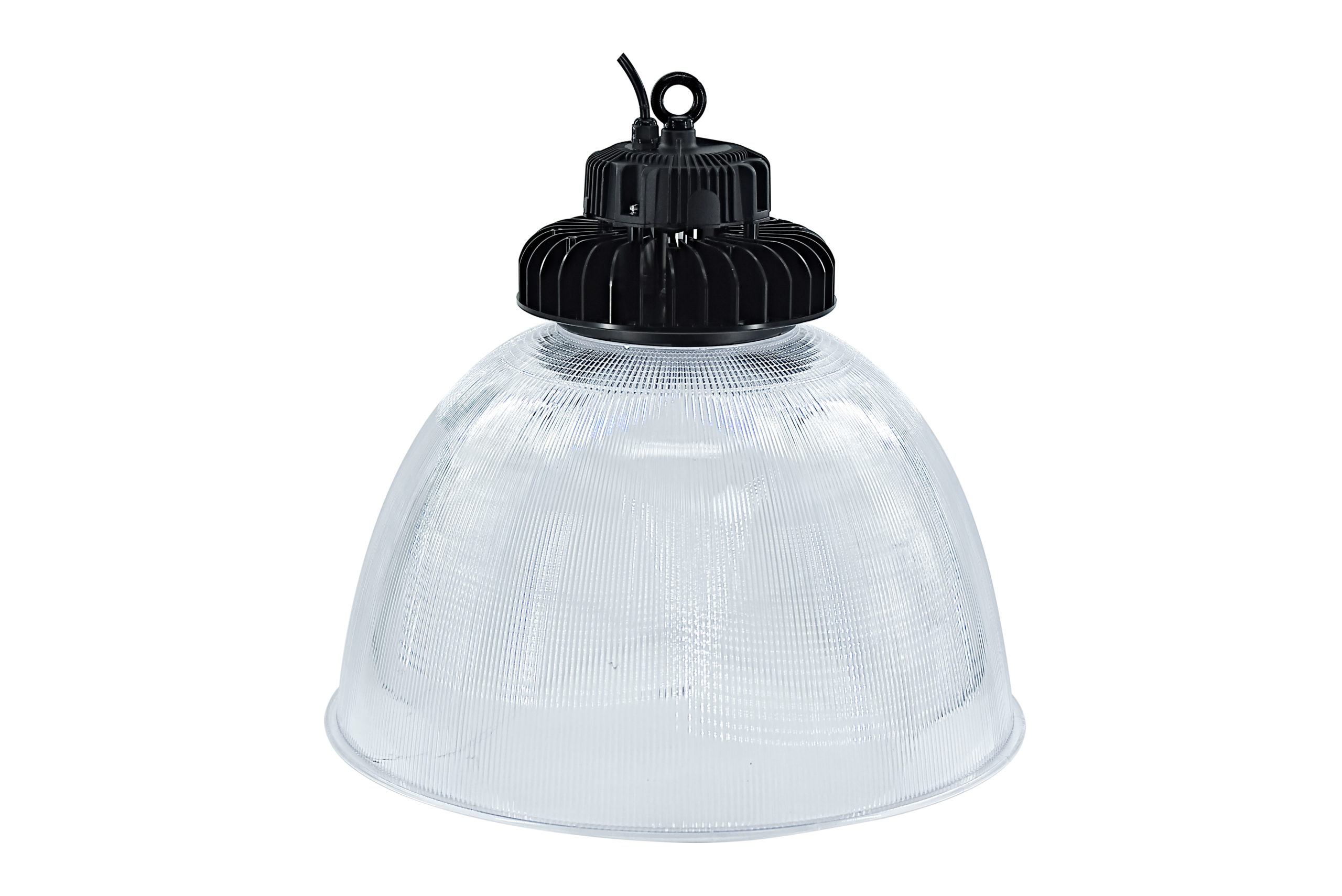
What’s the key takeaway for electricians?
Electricians need to ensure that they have the best possible information about the products they are using, the space they are working with and how that space will be used. That way, they’ll be able to dazzle their clients with fantastically balanced, unintrusive lighting (rather than excessive glare).
Red Arrow’s free lighting design service helps electricians when it comes to calculating UGR and selecting products that will allow them to hit the mark every time. Red Arrow has worked across a huge variety of commercial spaces and is continuing to build its network with electricians and help them conquer some of the biggest commercial lighting challenges today.

